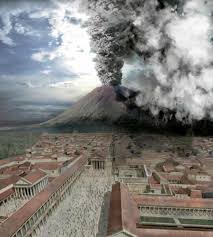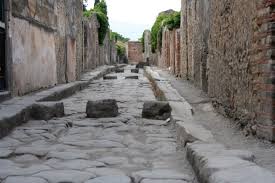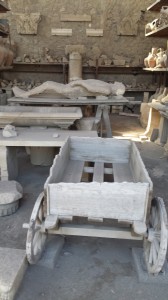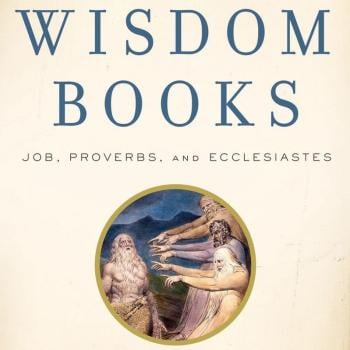Having spent a good deal of time in Pompeii last October, and since the first century A.D. is my period of expertise, I went with some trepidation to see this ‘disaster’ movie, fearing it would not merely be about a disaster but would itself be a cinematic disaster- disastrous acting, disastrous plot, CG overkill, and so on.
Well the good news is that this movie (which lasts only one hour and 38 minutes) is not as bad as the ‘Clash of the Titans’ of recent memory. How they talked Liam Nieson into that film, and Kiefer Sutherland into this one is a wonder. Notice I didn’t say it was a good movie. In fact, it makes my ‘Not Top Ten’ list for the last ten years, sadly.
The director, in his wisdom decided that he would tell a fictional story of a romance, involving (wait for it) a slave gladiator and a patrician young lady as the framework for depict all Hades breaking loose when Mt. Vesuvio erupted in A.D. 79. And all of this before the main characters make an ash of themselves 🙂
The sad part is, this movie could have been pretty good if it: 1) hadn’t decided to pander to the ‘let’s see some more blood and guts made possible by gladiators’ crowd; 2) had in fact told a story about the residents of Pompeii, their daily lives, showing what the town was like, how they lived, what was important to them, instead having almost all the main characters be mean ole Romans from out of town, and slaves from Britannia (yes you heard me right– Celts from Britannia). As it is, we get precious few street scenes, scenes in houses, scenes of daily life, unless you count scenes of the gladiator school, and their practice fights etc. 3) if it had in fact developed what it started out with at the outset when it quotes Pliny the Younger’s report about the disaster (his father was present, observed the eruption from a boat and lost his life in the process); and 4) had in fact used a viable source, like the wonderful novel by Robert Harris entitled Pompeii as the basis for the script.
Sadly, all this is lacking. To the credit of the movie, we do get a sense that the residents of Pompeii were not happy with Rome barging in and taking things over during the reign of Titus. We also get something of a sense of what it was like to be a slave and a gladiator. And we get a sense of Rome’s often heavy-handed authority and brutality. But that is about all.
Bordering on the ridiculous is the way the central characters dodge one fusilade from the mountain after another and continue to fight each other, run or ride through streets on fire or under water or falling apart due to earthquakes, and yet somehow stay alive, at least until the end of the film. You not only need to suspend your disbelief when you watch this film, you need to have the ability to give up any hope of verisimilitude.
I had hoped this movie would have a few scenes I could use in class to show what a Roman city looked liked in the first century, or what Pompeii more specifically looked like. I came away thinking it was slim pickin’s on that front. And lastly, don’t waste your money of seeing it in 3D. No lapilli will be landing in your lap.


















